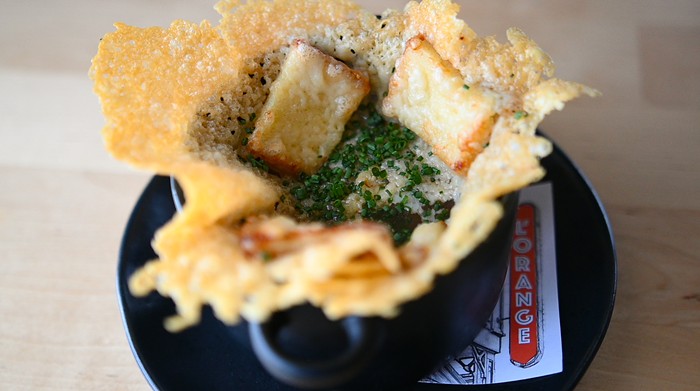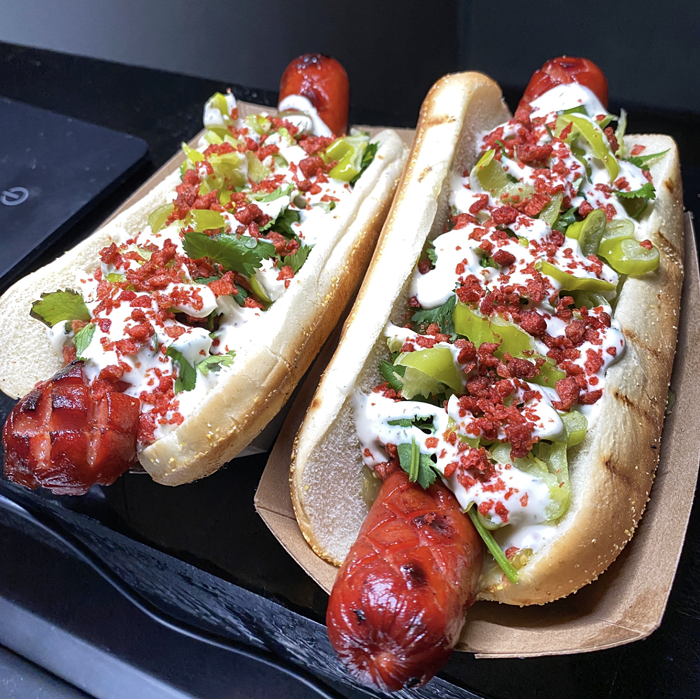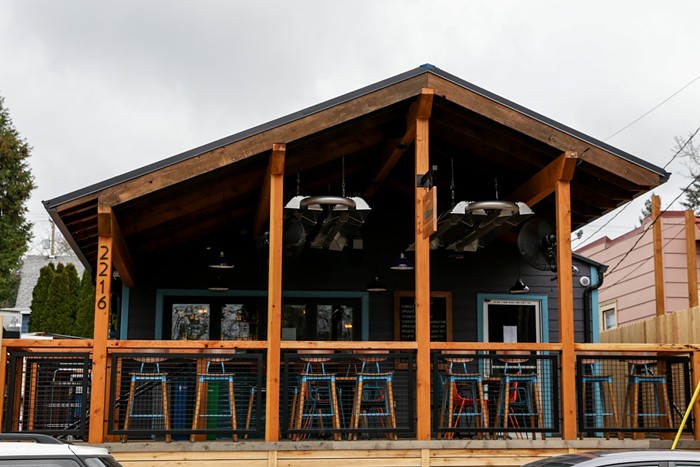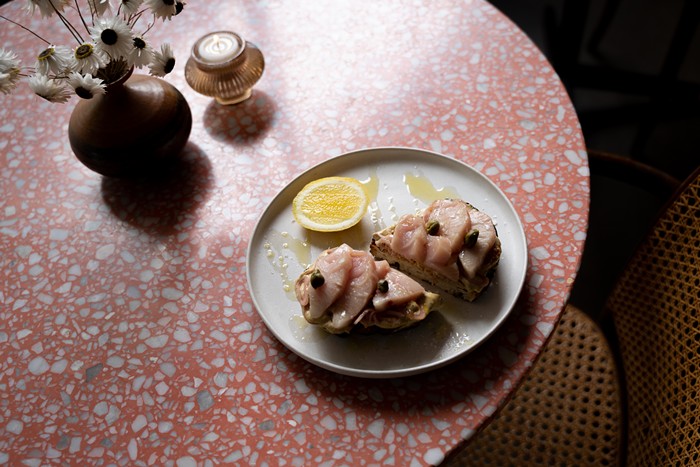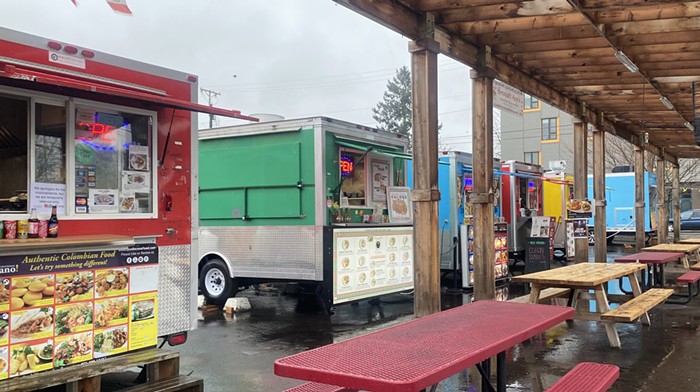With the arrival of the Southeast Belmont location of Korean market H Mart, you’ve got all you need to add delicious bulgogi and galbi into your traditional summer barbecue routine. While you’re busy navigating the store and stocking up on kimchee and snacks, pay a visit to the beverage aisle and grab a six-pack of Hite or Cass—two of the most popular light lagers in Korea, and you’ll be halfway to concocting somaek—the perfect beverage to pair with your summertime festivities.
A portmanteau combining the words soju and maekju (beer), somaek is a popular Korean beer cocktail, pairing light lager with soju, the popular low-alcohol distilled liquor commonly made with sweet potatoes or tapioca. More refined than a bomb shot and packing less of a punch than a boilermaker, somaek is crisp, refreshing, and easy to sip in the sun.
In 2013, the Korea Times reported that South Korean brewer Hite Jinro issued a limited number of soju and beer licenses to 100 of the most enthusiastic somaek makers in the country. The brewery even went so far as to release special measuring glasses designed to help makers dial in the perfect ratio of beer and soju. While a 3:7 ratio of sujo to beer is considered by many makers to be the “golden ratio,” the best thing about mixing up somaek is that it’s easy to concoct a refreshing beverage tailored to your own taste buds and desired alcohol intake. Just fill three-quarters of a glass with your choice of lager, top it off with a shot or two of soju, and tap the bottom of the glass with a stirrer to allow the soju’s alcohol to combine with the carbonated fizz of the beer.
Utilizing the OLCC’s handy liquor search tool, I’ve been able to track down traditional Jinro Sujo, boasting an alcohol content (ABV) of 24 percent. I also located Lotte Liquor’s Chumchurum line, which offers both traditional sujo with an ABV of 17.5 percent, along with an array of flavored bottles that mix fruit juice with sujo. The flavored sujo runs a little lighter on the alcohol spectrum, clocking in at 12 percent.
Mixing the traditional soju with Cass beer makes for perfectly palatable somaek, doing just enough to mask the strength of the soju while maintaining the crisp taste of an ice-cold beer. The apple-flavored Chumchurum came on a little strong, like drinking a beer that’s been spiked with a Jolly Rancher, while the citron and peach flavors dialed back the sweet-and-sour notes quite a bit, making the somaek nearly as refreshing as your favorite brand of flavored sparkling water. Just don’t let the lower alcohol content of the flavored soju deceive you—it’s more than capable of delivering a powerful buzz after a few rounds.
If you want to try somaek before going the DIY route, Korean street fare and cocktail spot Revelry (210 SE MLK) offers an array of unique soju flavors that I couldn’t find in stores, including Cucumber Chamomile, Orange Thai Basil, and Fortune Cookie. Add a Hite beer for an additional $3, and they’ll serve up the ingredients, along with a Revelry-branded somaek mixing glass, and let you experiment with finding your desired ratio right at the table.
Whether at home or on the town, fans of shandies and radlers who are looking for a slightly boozier alternative are encouraged to give somaek a try this summer. While the process is a little more involved than cracking open a can, experimenting with the ratio as a group is a fun, tasty, and relatively inexpensive way to throw a cocktail party or mix things up at a backyard barbecue.


